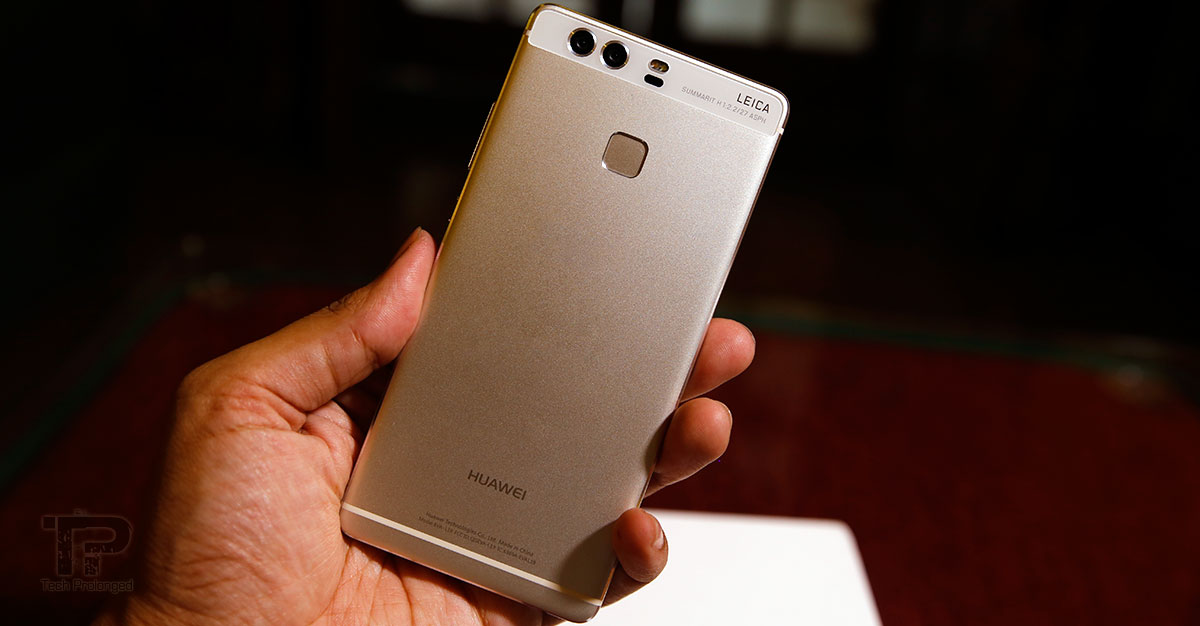Performance and Battery Life
Performance and Battery Life
Huawei P9 features the proprietary Kirin 955 SoC – an improved version of the Kirin 950 that was featured in Mate 8 launched earlier this year. The chipset empowers with an octa-core processor combined two quad-cores of Cortex-A72 and Cortex-A53 clocked respectively at 2.5GHz and 1.8GHz. An additional i5 (Cortex M7) co-processor is also there for always-on tasks. The Kirin 955 also equips with the Mali-T880 MP4 GPU.
P9 varies in models with 64GB+4GB and 32GB+3GB (storage+RAM) while the one we experienced was the latter one. Speaking about the everyday use, Huawei P9 is just like a smooth and easy driver. It didn’t lag, worked flawlessly at any task we threw at it, be it a 3D game or video playback for several minutes. Multi-tasking is also smooth when switching from app to app – they popup back fast with some exceptional apps.
But when we look at the numbers – the benchmark scores, Huawei P9 is far behind the competitors which are featuring Qualcomm chipsets. More importantly due to the Mali GPU in P9 which has 4 clusters while the Samsung’s Exynos 8890 in Galaxy S7 equips with the same GPU but with 12 clusters. Qualcomm’s Snapdragon 820, which has shown up in pretty good range of high-end smartphones till now, features Adreno 530 which has outperformed in many benchmark tests. In fact last year’s iPhone 6s still leads in scores with their A9 chip. You must be interested in seeing the benchmark scores of Huawei P9, so there you go.
Benchmark scores may very from one device to another due to the load on the system.





Battery Life
Huawei P9’s battery capacity is 3000mAh for which you get only a 5V/2A charger which is fast but not as fast as most of the current devices are supporting. Although the P9 has guts to get charged faster than what the out-of-the box charger can do. Half of the battery can be charged in around 45 minutes but a full charge can take up to 2 and a half hours.
I didn’t put the phone to some test for battery draining but with practical use, the Huawei P9 simply can last as long as a day with one charge if you use quite moderately for regular tasks which include, calling, texting, instant messaging over 3G/WiFi (Not 4G/LTE), some web browsing or social surfing. It also may include some video stuff. Unimpressive thing was that the camera takes more battery than any thing else on the phone (and yes, the GPS/Navigation too). May be Huawei needs to optimize the software for the newly built camera for P9, perhaps?
For instance, after spending a whole day with one charge, fair calling/texting, emailing, tweeting, taking some photos, and in the final hours – playing titles like Need for Speed No Limit, Asphalt 8 on P9 would do no impact as you will end up with a battery to put on charge before asleep.
P9 is good to give you around 15 hours or even less than that with extensive photography and video recording throughout the day if you also going to have a trip of a few minutes with GPS/navigation activated. So that’s not where P9 impressed me at all. Further, you can now guess that a less frequent use of these features would give you a couple of more hours.
With the Cortex-A72 in place into Kirin 955, it was supposed to give much better power efficiency – better than what we got. In fact we have seen Mate 8’s battery consumption – it’s superb. I believe with P9, it’s software which has to be fixed and Huawei has to consider it ASAP as it’s a phone worth buying but I don’t think anyone would prefer a less power efficient high-end smartphone these days. After all it’s a 3000mAh battery inside which actually performs well with idle or lesser activity.





